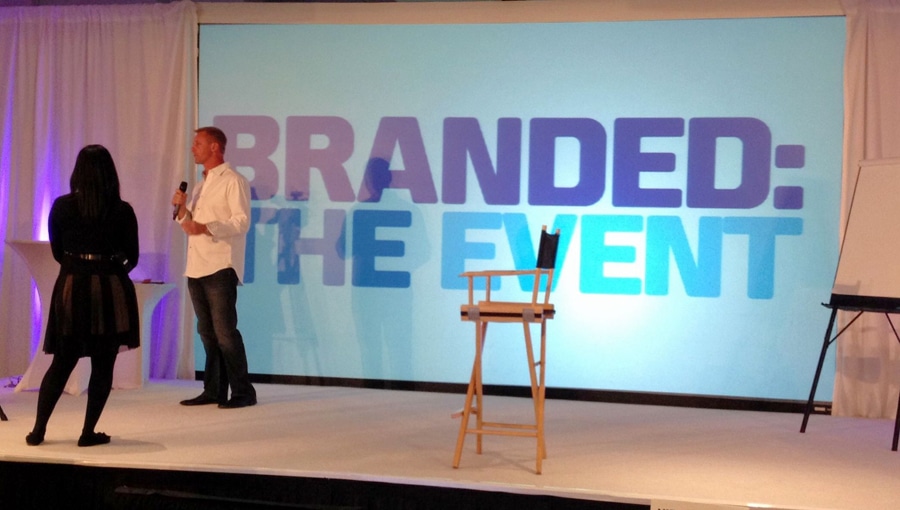For years I have tiptoed around using the word “brand” for fear that it made art sound too commercial. No more! I’m ready to embrace the idea of branding after spending three full days at Re Perez’s Branded: The Event last week.
I encourage you to embrace it, too.
Everything I have been sharing with you since 2002 will help you create a stronger brand, so we might as well call a spade a spade.
I’ve been teaching basic tenets of branding for years, but, boy, I had no idea about everything that goes into creating a memorable brand. Here is a sampling of what I learned at Branded: The Event.
A brand is a desired perception.
Your art is created in the studio. Your brand is created in the mind.
Not your mind, but in the minds of others.
A brand doesn’t appear after one or even two meetings. A branding expert spends many hours, weeks, and even months talking with you about your business.
Once you start promoting your brand, it takes time (years) for it to stick in people’s minds.
A brand is much more than a logo.
A logo is only the visual expression of a brand.
While most artists don’t have logos, you do embrace a certain typeface and, perhaps, color combination. Your art serves as the visual expression of your brand.
To get to complete visual packaging, a branding expert helps you articulate core values and aspirations. He or she also helps you position yourself in the marketplace – the art market, in your case.
This is almost impossible to do on your own because you’re too close to your work. Without a branding expert on call, you can start the process by talking with trusted advisors.
Build your brand for a specific person.
Bloggers often talk about writing for a specific person – your ideal reader.
The same goes for branding. Rather than saying, “My ideal buyer is 40-60, female, and lives in the Midwest,” you drill it down and give her a name.
“My ideal buyer is Barbara. She is 48 years old, has 2 teenage sons, and is overworked at the nonprofit agency where she serves as executive director. She has an MBA and lives in the suburbs of Chicago. She drove a van for years as she was shuttling her two boys to their activities, but she’s now thrilled to be driving a Toyota Prius. . . .”
A branding expert will ask you to be this specific.
Do you have an ideal buyer in mind? Most artists who have been selling for awhile already know one by name and can complete a profile such as this.
Everything is an opportunity to reinforce your brand.
Every time you tell someone you are an artist, you have the opportunity to support or to detract from your brand. For example:
What are you wearing?
How do you communicate?
How do you package your art and products?
How do you display your art?
How do you follow up?
Branding makes you memorable, leads to higher prices for your art, and creates fans. It also helps you make decisions because your selections should align with your brand.
Start today by articulating your values, your ideal buyer, and how you will reinforce your brand.
Alyson Stanfield is an artist advocate and business mentor at ArtBizCoach.com. This article was originally published in her Art Biz Insider, which is sent weekly to thousands of artists who are elevating their businesses. Start your subscription now and read more articles like this at http://artbizcoach.com.




